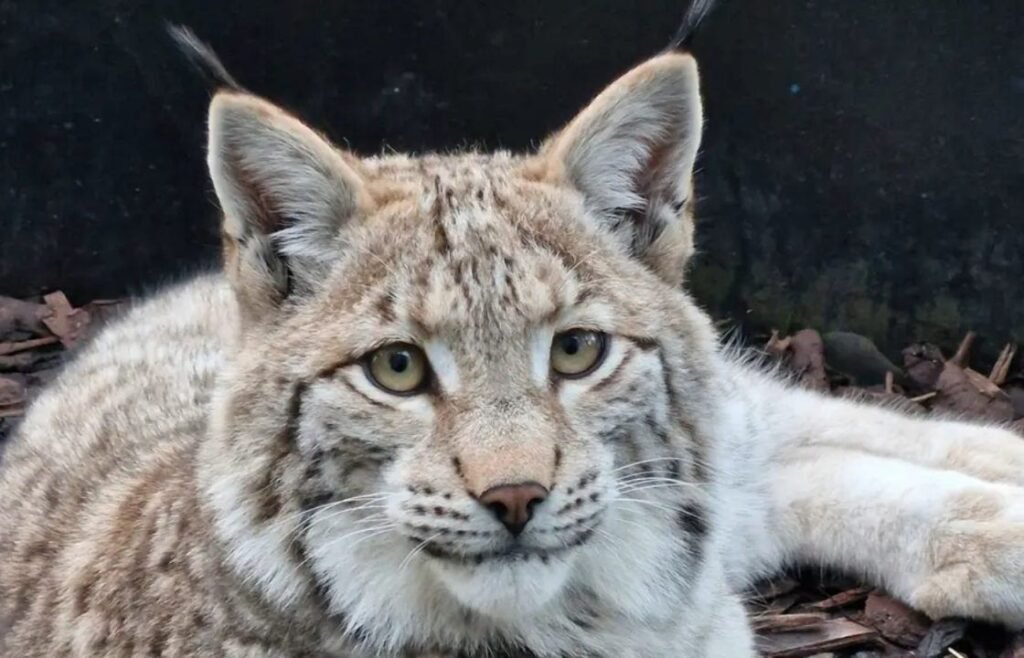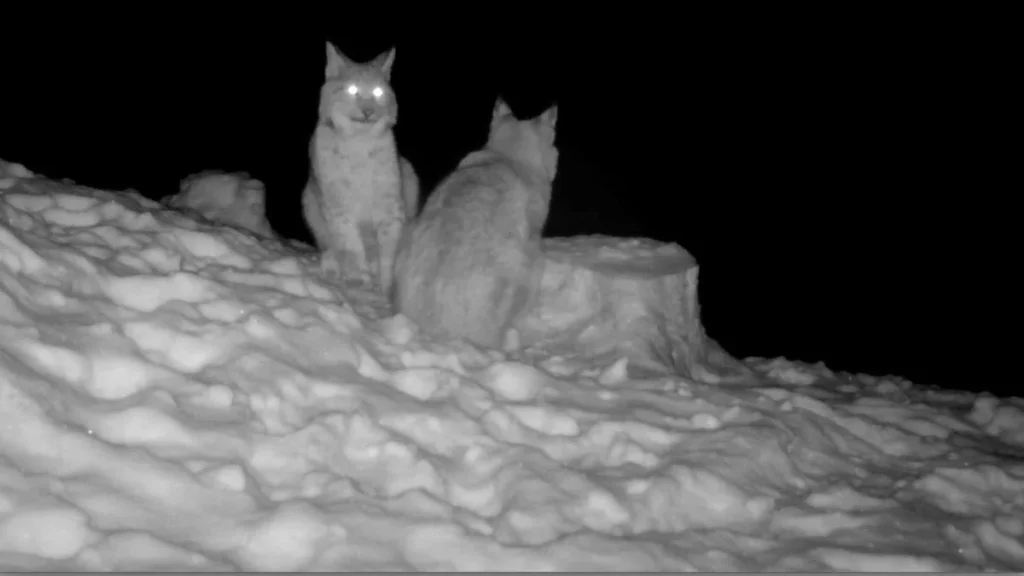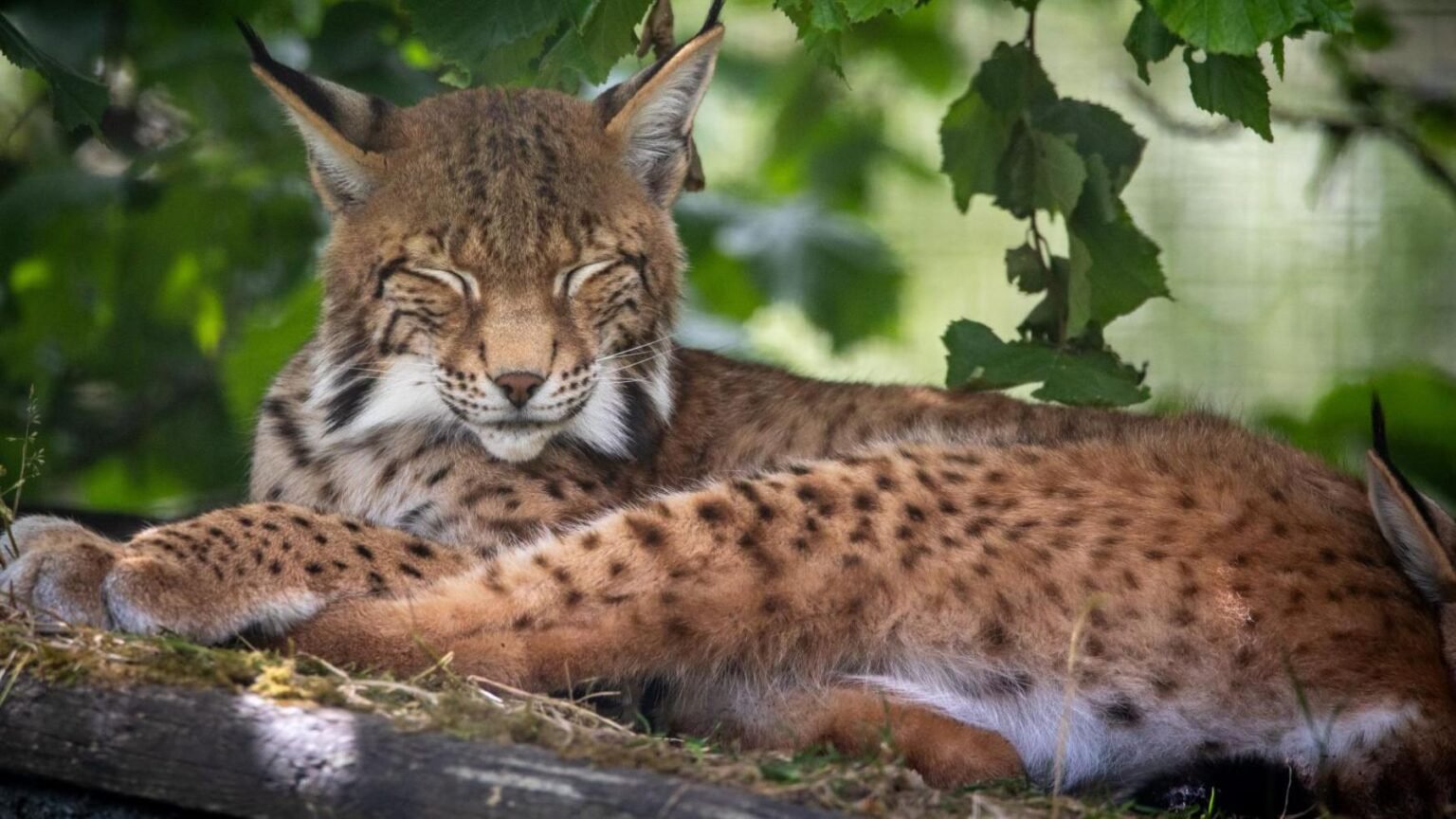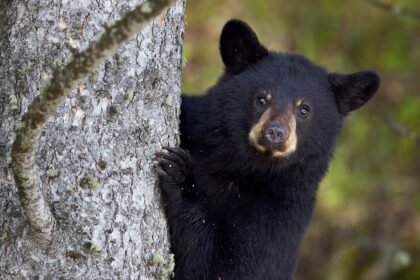The Cairngorms lynx given names have captured national attention as a powerful symbol of wildlife recovery and public engagement. This high-profile rescue began earlier this year when conservation teams discovered three abandoned female lynx roaming freely in Cairngorms National Park. The Royal Zoological Society of Scotland (RZSS) later relocated the animals—Caledonia, Cardrona, and Bluebell—to a secure, permanent habitat at the Highland Wildlife Park in Kincraig. Schoolchildren across the nation carefully chose the Cairngorms lynx given names through a national competition, reinforcing the importance of community involvement in conservation.
The rescue not only safeguarded the animals but also highlighted the urgent need for responsible wildlife monitoring. Following the rescue, experts are now calling for stricter protections against the illegal release of non-native species into fragile ecosystems.
From Mystery to Sanctuary: The Rescue Behind the Cairngorms Lynx Given Names
The Cairngorms lynx rescue story began in early January, when observers first spotted the elusive wildcats in the snowy expanse of the Cairngorms—a region celebrated for its breathtaking landscapes and ecological diversity. The Cairngorms lynx rescue operation quickly gained national attention, sparking conversations about illegal wildlife releases, rewilding ethics, and animal welfare. Authorities suspected that someone had deliberately abandoned the lynx, raising serious ecological and public safety concerns

Acting swiftly, wildlife officers launched a coordinated search operation. The cats were eventually located and safely captured near the town of Aviemore, with no harm caused to them or the surrounding environment. Experts immediately began evaluating their condition, given the dangers of prolonged unsupervised exposure in unfamiliar terrain.
Rehabilitation and Relocation: What Followed After Schoolchildren Gave the Cairngorms Lynx Their Names
After the rescue, the team transported the trio to Edinburgh Zoo for a mandatory quarantine period. During this time, veterinarians conducted thorough health checks and monitored their behavior to ensure the lynx had not suffered from malnutrition, disease, or stress. The successful completion of this quarantine paved the way for their next chapter—life at the Highland Wildlife Park.
In May, Caledonia, Cardrona, and Bluebell were moved to their spacious new enclosure in the Highlands. Designed to mimic their natural habitat, the enclosure allows them to climb, rest, and explore in safety. The RZSS confirmed the lynx are adapting well and showing signs of comfort and curiosity in their environment.
A Community Effort: Naming the Lynx
To celebrate the arrival of the lynx, the Royal Zoological Society of Scotland held a nationwide school competition. Schools from across Scotland submitted creative name ideas for the three animals. The final names—Caledonia, Cardrona, and Bluebell—were chosen to reflect national pride and natural beauty. Caledonia honors Scotland’s ancient name. Cardrona was inspired by a village in the Borders. Bluebell is named after a vibrant native flower.

The initiative raised awareness about the lynx and taught schoolchildren about wildlife conservation. It also highlighted the importance of caring for native species responsibly.
Why the Story Matters: The Bigger Picture of Lynx Conservation
The naming of the Cairngorms lynx may seem like a small story, but it points to a much bigger issue. It highlights the ongoing debate around rewilding and the reintroduction of species once native to the British Isles. The Eurasian lynx disappeared from the UK nearly 1,300 years ago due to habitat loss and hunting. Today, modern conservationists support their return as a way to help restore natural ecosystems.
However, the unregulated release of wild animals—believed to be the case with Caledonia, Cardrona, and Bluebell—raises legal, environmental, and ethical questions. The RZSS, alongside other conservation groups, continues to emphasize the need for scientific planning, habitat assessments, and legal frameworks before any rewilding initiative can take place.
Public Response and Future Hopes
The public has responded positively to the naming and rehoming of the lynx. Many visitors to the Highland Wildlife Park have expressed fascination with the story, eager to see the trio in their new environment. Conservationists hope that this engagement will lead to deeper conversations around Scotland’s native wildlife and the roles humans play in both damaging and restoring ecological balance.

The RZSS is also working to monitor the lynx’s behavior, diet, and health, contributing valuable data to the broader field of carnivore conservation. These cats, once abandoned and at risk, may now become symbols of resilience and education in Scottish wildlife care.




